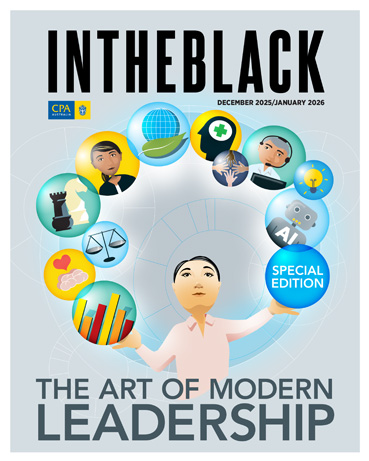Loading component...
At a glance
The traditional view of corporate culture as a single, monolithic construct is giving way to a new understanding of culture — one that acknowledges differences across teams, functions, locations and roles.
“Microcultures”, which in the workplace are the teams in a wider company, are created when employees connect over shared identities, challenges, interests or hobbies.
While advocates argue that these microcultures present an opportunity to organisations, many leaders are unsure how to make the most of them.
In Deloitte’s 2024 Global Human Capital Trends report, 71 per cent of respondents acknowledged that the best way to cultivate culture is to focus on individual teams.
While half the executives surveyed felt the strongest cultures possessed a degree of variation, many felt managing these distinctions was a difficult challenge.
When culture fails, it can result in problems such as high staff turnover, low engagement and decreased productivity. Fostering microcultures offers a new way of doing things. Many organisations have discovered that, rather than taking a one-size-fits-all approach, acknowledging difference can improve employee experience and lead to greater productivity.
Nurturing individual team strengths, rather than ironing out differences through standardisation, promotes agility, adaptability and innovation — among the most desirable qualities for organisations. And the concept of microculture better reflects today’s diverse workforce.
According to the Deloitte report, “rather than requiring sameness for all by applying a single set of norms to everyone, microcultures don’t confuse fairness with sameness. By helping to ensure equity rather than equality (or sameness), microcultures can celebrate and capitalise on individual and team differences.”
It’s a trend driven by factors including hybrid and remote work, workplace diversity, advancing technology and a concept known as “human sustainability”, which prioritises employee needs, concerns and their career development.
According to Deloitte, the benefits of fostering a network of microcultures include “better collaboration, stronger business and human outcomes, and increased agility — all key contributors to an organisation’s long-term success”.
So, how can organisations leverage microcultures to improve company culture?
How culture works
Culture is created by the values and behaviour a group either celebrates or rejects, says Scott Smith, a leadership coach at Boldside HR.
“While we try to encourage [culture] at an organisational level, the real work is done at the team level.”
Workplace culture expert Colin D Ellis says microcultures start to emerge once an organisation reaches around 50 staff.
In these larger organisations, the company culture is a combination of microcultures, which operate best when they share a set of common features.
"If organisations truly want to leverage the power of microcultures, they need to educate their managers on how to do it."
“You need a spine or a backbone, and that’s generally the purpose of an organisation: who we are, what we do and our aspirations,” Ellis explains.
“The organisation’s core values are the emotional principles that connect people. Different teams throughout the organisation will need to act and behave in different ways, but you want the values to be at the core of everything that they do.”
Smith agrees, noting that it is up to leaders to ensure these microcultures align with broader organisational values.
“A marketing team might be creative and innovative and encourage thinking outside of the box, compared to a finance team that is more analytical and attention-focused.
“Each team is naturally going to have a different style and culture in line with its function.”
Everyday ethics: How to create a speak-up culture
Create healthy microcultures
To create healthy microcultures, teams require autonomy, resources and — critically — capable managers.
However, Ellis notes that most managers lack the training required to confidently build healthy cultures that align with organisational values.
“If organisations truly want to leverage the power of microcultures, they need to educate their managers on how to do it,” he says.
“Once you’re taught how to build a great team in line with the organisation’s values, you can do it time after time — or else your inability to do it will show itself very quickly.”
Engagement is an effective indicator of a manager’s ability to build a healthy culture, he says. “The better managers generally have higher engagement scores.”
Ellis says senior leaders should praise teams whose cultures align with organisational values.
“Too often, we celebrate the success of an individual and treat them as being special when what we should be doing is holding up teams as role models.”
Value-focused recruitment
Cultural differences between teams can create issues for recruitment when expectations don’t match reality.
According to a 2018 survey, of the 30 per cent of new recruits who leave within the first 90 days of hiring, one-third blame company culture.
To reduce this costly attrition, Ellis says interview questions should centre around values. He says that requests such as, ‘Tell me about a time when you demonstrated your integrity or when you were communicative,’ get to the heart of who that person is as a human being.
“This way, organisations employ people who believe in the same things they do, but also have the skills and the personality they need for the role.
“Generally, your skills will get you an interview, but it’s how you demonstrate the values that will get you the job.”

